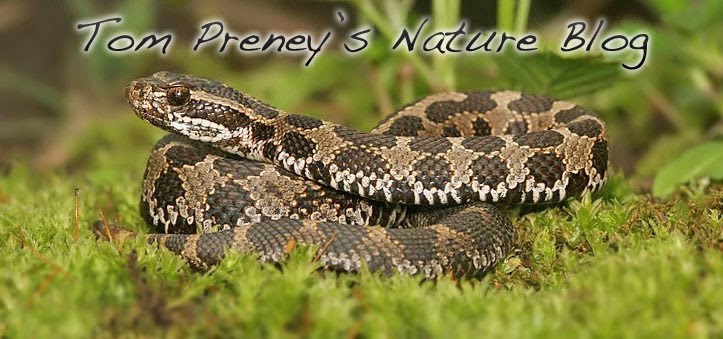I’ve wanted to photograph muskrats for some time now. After observing their behaviour from land I decided that a kayak would be the best way to photograph them. I went back the following day launched my kayak and positioned myself outside a large lodge and in a matter of minutes I was photographing some interesting muskrat behaviour.
The muskrat is the largest member of the vole family. In appearance, muskrats closely resemble beavers; however, muskrats have a long slender tail, unlike the flat tail of the beaver.
Their diet consists of aquatic vegetation, fresh water mussels, fish, and sometimes carrion.
The muskrat's teeth are in front of its mouth allowing it to feed on underwater plants without drowning.
Muskrats inhabit marshes, shallow lakes, and slow flowing rivers.
Muskrats live in lodges constructed from aquatic plants and mud and they will often create burrows above the waters edge.
During the breeding season male muskrats mark their territory using scent glands. These glands secrete a musky smelling liquid; giving the muskrat its name. Males will defend their territory sometimes fighting to the death fortunately this fight only lasted a few seconds.
Male chasing female, she was playing hard to get.
These animals can be found almost anywhere in Canada except the coast of British Columbia.
Muskrat Tracks














Hi Tom. I just found your blog, while I was 'Googling' re muskrats marking their territory. I, too, have a nature blog, specific to a local marsh in Nova Scotia surrounded by a nature trail, and I've become fascinated by muskrat behaviour. And I think just this morning I got a shot of a muskrat marking its territory! I'll be putting a link to your site on my blog if you don't mind.
ReplyDelete